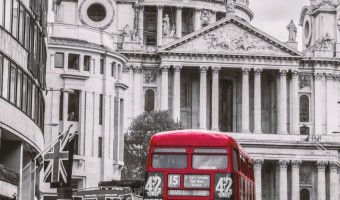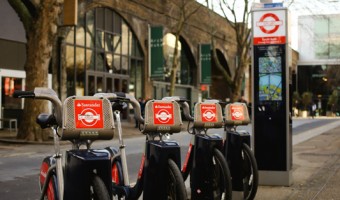Over-awed whilst underground?
When you are planning your trip to London you need to assume that at some point you will be using the underground system – or the Tube as it is universally known. Like many first time experiences it is occasionally challenging and sometimes confusing – but it is very effective. It will enable you to reach city wide destinations quickly and easily and is certainly not the terrifying experience that it is sometimes made out to be.
When you first arrive in London heavily laden with your designer luggage in tow it is not recommended that you take the ‘tube’ for your first destination. It is much better to travel light when going subterranean.When you make your first journey ensure that you know where you are going and have a map of the system at hand. The main challenge is knowing when to change and what line to jump on next so just make sure that have these basics mastered before setting off. For example if you are travelling from Baker St. (brown) to St. Pauls (red) you will need to take the Bakerloo line to Bond St. and then take the Central Line to your final destination. There are often a couple of options with different lines or routes going to the same place.


Why so many colours?
The colours denote the ‘routes’ and are depicted in a nodal format on the map. The routes will take you to all of London’s compass points and beyond but bear in mind once out of central London you tend to go into a time warp where everything slows down.
Here are the major lines, we have left the more exotic ones out for brevity, but there are plenty more to chose from :
- The Central Line (red) runs through central London, from Ealing and Ruislip in the west to Epping, Essex in the north-east. It is very old (1900), a little decrepit but will get you there and trains run every couple of minutes.
- The Circle Line (yellow) is more of a lasso than a circle and perhaps one of London least loved lines. It is not an "underground" line in the proper sense, because it not much deeper than a basement and was constructed by digging a huge trench - parts of which you can see in sunlight.
- The Jubilee Line (silver) will take you from Stratford in the east to Stanmore in the north. It is probably my favourite line being new and comparatively modern, quick and clean
-The Northern Line (black) is old and rickety and does exactly what you would expect it to do – taking its’ cargo from south to north of the city and vice versa. It is very old, a bit smelly at times and quite confusing
- The Piccadilly Line (blue) is not quite as grand as it sounds. It will take you from the north-west (Cockfosters) all the way to Heathrow Airport in the south- west. It is however not the quickest ride in town once in the ‘burbs’.
- The District Line (green) is another mildly confusing line and unwary users need to keep their wits about them particularly in the outer reaches where a wrong turn will end you up in Richmond instead of Wimbledon.
- The Bakerloo Line (brown) runs partly on the surface and partly underground proper, from Elephant and Castle in Central London, via the West End, to Harrow & Wealdstone in the north-western outer suburbs.
- The Victoria line (light blue) unambiguously bisects London from Brixton in the South to Walthamstow in the North East


Buying a ticket
Riding the underground is now thankfully a (largely) ticketless experience. Many years ago one of my old bosses, an American, bought a months’ worth of yellow cardboard tickets mistakenly believing that his forward planning would save him much queuing time by buying in bulk. Little did he know that each ticket was valid only for one day. Oh, how we laughed which provided me with a career defining moment.
These days buying tickets is ‘idiot-proof’ and the purchase of an Oyster card valid on over-ground (zone 6) trains, buses and even river buses is a god-send for time saving. Better still – you can just swipe in and out with your contactless credit card as you breeze through the crowded stations. What did we do before contactless cards?
Decide on whether you will need a day ticket or if you want an Oyster Card you have the option of going to the ticket office (also depends on what time it is) or doing it at the machine. You can also use your contactless credit card that works in the same way as an Oyster – but if it is a non-UK card make sure it works at the ‘tap point’ first. If you choose a day ticket then you need to be sure to keep it during the day. If you choose to purchase an Oyster Card you have the option of topping it up and keeping credit on it, getting a weekly pass, or getting a monthly pass. Bear in mind when you have an Oyster Card you can use it on the buses, underground, and over-ground which is very convenient.
After you have your ticket or your card safely stowed away your tube journey can begin. Look for the entry gate, be sure to go to the ones with the green arrow and not the red X (which hurts when you expect it to open and it does not). When you get these barriers you either tap your Oyster Card on the yellow circle, or you put the ticket in front where the large arrow is. Once the entry gate reads your card the doors will open and you will enter the world’s most famous underground system and your subterranean odyssey will commence.
Best Practice
1. To avoid getting fiercely ‘tut-tutted’ or worse keep right on the escalator.
2. Remember the 'rush hour' is 7-9 am and 5-7 pm – particularly in the summer months when the more perspirational traveller is wont to exude all sorts of unpleasantness. I tend to walk around central London when it starts to get warm – stations are actually quite close to each other and the vista is generally richer.
3. Have your ticket/oyster/contactless card ready at the barrier to avoid getting mown down from the rear.
4. Most importantly if you are lost on-board do not panic as you can always go back again and despite their fearsome reputation Londoners have occasionally been known to offer helpful advice. Just follow your route visually plotting your progress against the plethora of displayed ‘line maps’.
5. The underground platform is quite claustrophobic particularly when it fills up so move down the platform to find more space.
6. Let people off the train first.
7. If you are wearing a rucksack – be careful when on-boarding. A chorus of disapproval or severe “tut-tutting” can be bestowed upon the unwary ruck sacker.
8. Check line closures before you travel.
9. Always keep your hand held Triptide planner at close quarters'.
Happy ‘tubing’.


 Understanding the Underground
Understanding the Underground



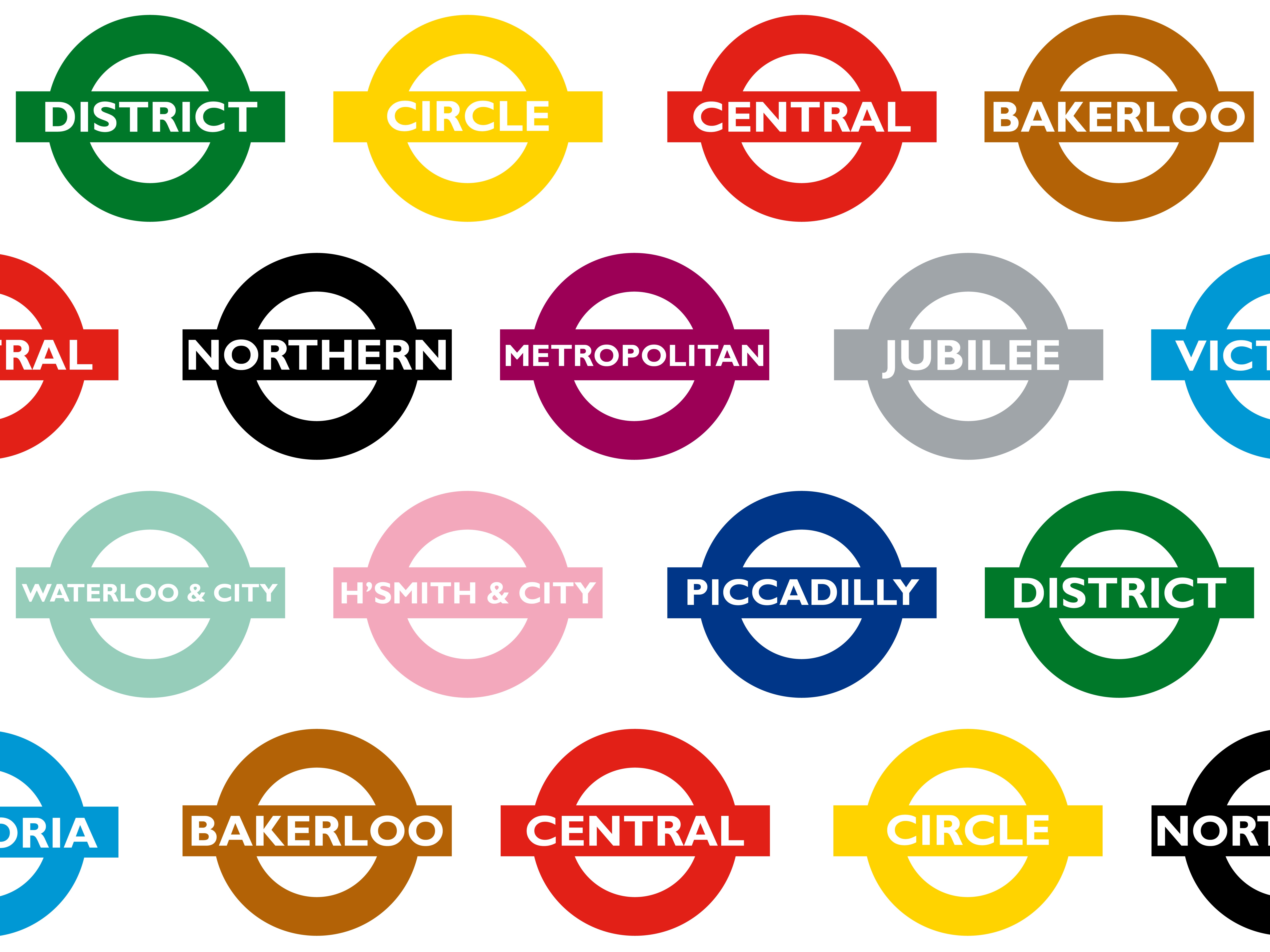
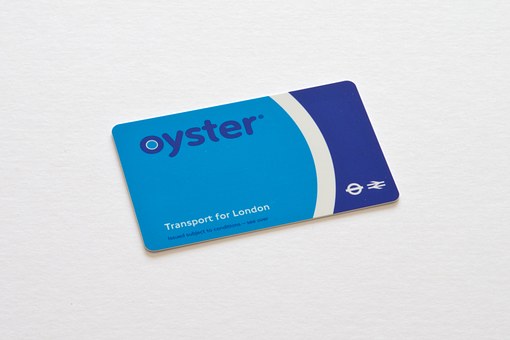
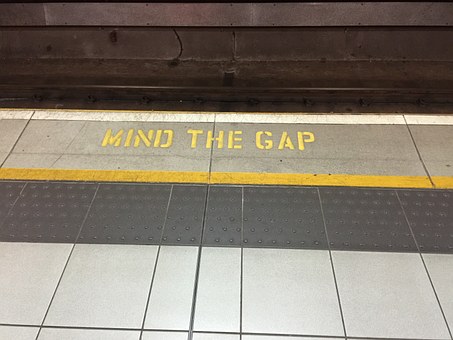

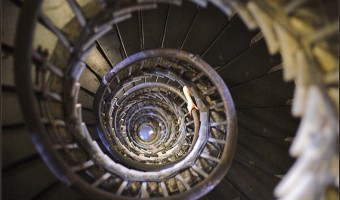

 Load more triptoids
Load more triptoids.jpeg)
